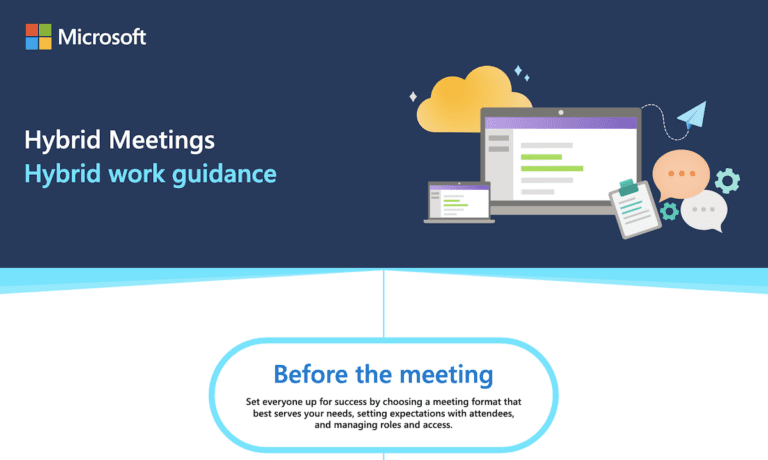Balancing Employee Privacy and Biometric Data Collection: A Business Guide
In the modern workplace, the advent of biometric time clocks utilizing facial recognition and fingerprint scanning for clocking in and out represents a significant leap forward in ensuring workforce management integrity. This technology guarantees that only the employee in question can record their attendance, effectively eliminating the possibility of buddy punching and ensuring a more accurate representation of work hours. However, this innovation also brings forth a complex array of challenges, particularly concerning employee privacy, data security, and legal compliance. In this post, we navigate these turbulent waters, aiming to offer actionable insights for chief legal counsel and company presidents on striking the right balance.
The Benefits: Beyond Buddy Punching
The primary advantage of biometric systems is their contribution to an honest work environment. These systems ensure the physical presence of employees, thus providing a more accurate and fraud-resistant method of recording time. For employers, this translates into better operational efficiency and fairness in the workplace.
The Risks: Privacy, Security, and Liability
Despite these benefits, the collection, transmission, and storage of biometric data carry significant risks. The foremost concern is data security: Biometric information, once compromised, cannot be reissued or altered like a password. The implications of a data breach involving biometric data are far-reaching, potentially enabling identity theft, unauthorized access to secure locations, and misuse in the burgeoning field of deepfake technology.
Moreover, the liability landscape for companies in the event of a breach is complex and potentially severe. Beyond financial repercussions, the loss of trust among employees and customers can be devastating.
Legal Considerations and Compliance: A Cautionary Tale
While navigating the legal framework governing biometric data, it’s crucial for companies to understand the gravity of non-compliance through real-world examples. A landmark case in Illinois illustrates the severe repercussions of failing to adhere to biometric privacy laws.
In 2019, a significant legal battle unfolded in Illinois involving the Six Flags Entertainment Corporation. The case, Rosenbach v. Six Flags Entertainment Corporation, reached the Illinois Supreme Court, stemming from the amusement park’s collection of a minor’s fingerprint data without proper consent or disclosure. The court found Six Flags in violation of the Illinois Biometric Information Privacy Act (BIPA), emphasizing the act’s requirement for informed consent prior to collecting biometric data.
This lawsuit underscored the importance of transparency and consent in the collection of biometric information. The court’s decision to side with the plaintiff set a precedent, highlighting the potential for substantial legal liabilities. Companies could face class-action lawsuits and be required to pay damages to individuals whose biometric data was mishandled. In the Six Flags case, the company faced significant financial penalties, demonstrating the costly consequences of non-compliance with biometric privacy laws.
Crafting a Balanced Approach
Given these considerations, companies should develop and implement a comprehensive Biometric Policy that addresses:
- Employee Consent and Transparency: Employees must be fully informed about what biometric data is collected, its purpose, and how it will be used and protected. Opt-in mechanisms ensure that employees have control over their personal information.
- Data Security Measures: Employing state-of-the-art encryption and secure storage solutions to protect biometric data from unauthorized access and breaches.
- Data Retention Policies: Establishing clear guidelines on the duration for which biometric data will be retained, ensuring it is not kept longer than necessary for its intended purpose.
- Legal Compliance: Staying abreast of and adhering to state and federal laws regarding biometric data, ensuring policies are regularly updated to reflect legislative changes.
Conclusion
In an era where technology and privacy intersect more than ever, the onus is on businesses to navigate these complexities with a mindful approach that respects employee privacy while leveraging the benefits of biometric technologies. By establishing clear, transparent policies and prioritizing data security and legal compliance, companies can foster a culture of trust and safety that upholds the dignity of every employee while securing the operational benefits that these technologies offer.
For chief legal counsel and company presidents, implementing biometric timekeeping systems is not just a technological upgrade but a strategic decision that requires careful consideration of its implications on privacy, security, and legal standing. A balanced, informed approach will be key to harnessing the benefits of biometrics while safeguarding against its risks.
Author: Mike Braico CEO and Cybersecurity Expert

Mike Braico is a CEO and Cybersecurity expert with over 30 years of Information Technology experience. His career spans public and private sector companies including Novell, AOL, Netscape, Sun Microsystems (later acquired by Oracle), and Integrated Media Technologies (IMT). Mike has been leading InData Consulting for over 10 years.
An entrepreneur with a keen vision, Mike has co-founded three successful startups, showcasing his exceptional ability to navigate the rapidly evolving technology landscape. Beyond his entrepreneurial ventures, Mike is deeply involved in private equity, advising clients and investors on leveraging technology to sculpt competitive business strategies and drive significant value creation.
With a diverse technology and customer advisory portfolio, Mike has delivered strategic insights across various industries including artificial intelligence (AI), blockchain, financial services, manufacturing, construction, film and television production, healthcare, social media, and private equity. His profound understanding of technology and its application across various sectors have made him an invaluable organizational resource to business owners and entrepreneurs.
Mike is available for speaking engagements, podcasts, and strategy consulting. Contact Mike






